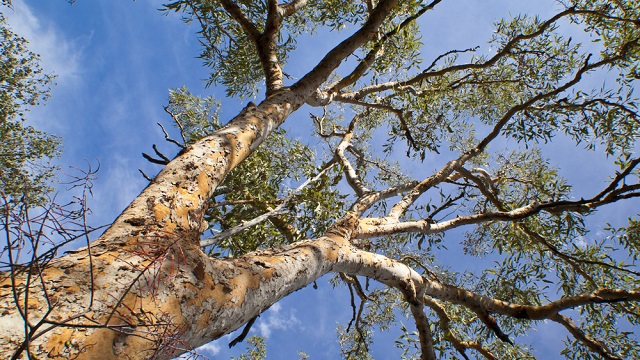The Amazon Rain Forest Is Getting Drier

What’s the Latest Development?
A team of University of Texas-Austin scientists examined rainfall patterns across the southern Amazon rain forest over the past three decades and used data simulations from several different climate models. Their results, published this week in Proceedings of the National Academy of Sciences, indicate not only that the rain forest is much drier now — with a dry season lasting three weeks longer than it did in 1979 — but that future predictions made in last month’s Intergovernmental Panel on Climate Change (IPCC) report may have underestimated the speed at which that dry season could lengthen.
What’s the Big Idea?
Rain falls year-round in the Amazon, but not at the same rates. A lengthening of what’s considered the dry season will affect trees and other vegetation and increase the likelihood of wildfires and forest dieback. The IPCC report forecast an additional three to 10 days of dryness by 2100 if climate change isn’t tackled, but UT-Austin climate scientist Rong Fu says the situation is “already marginal for maintaining rain forest…If the dry season is too long, the rain forest will not survive.”
Photo Credit: Shutterstock.com





